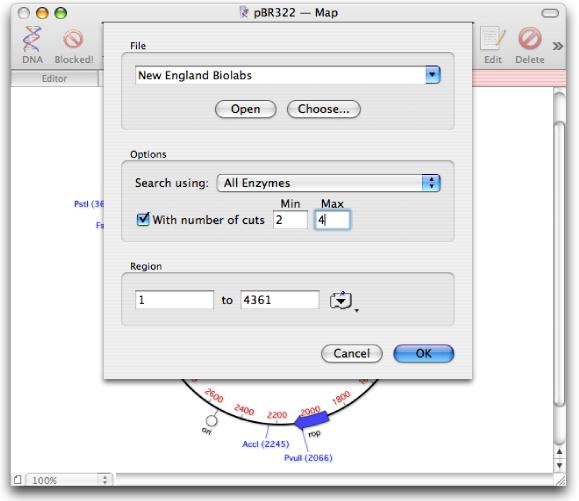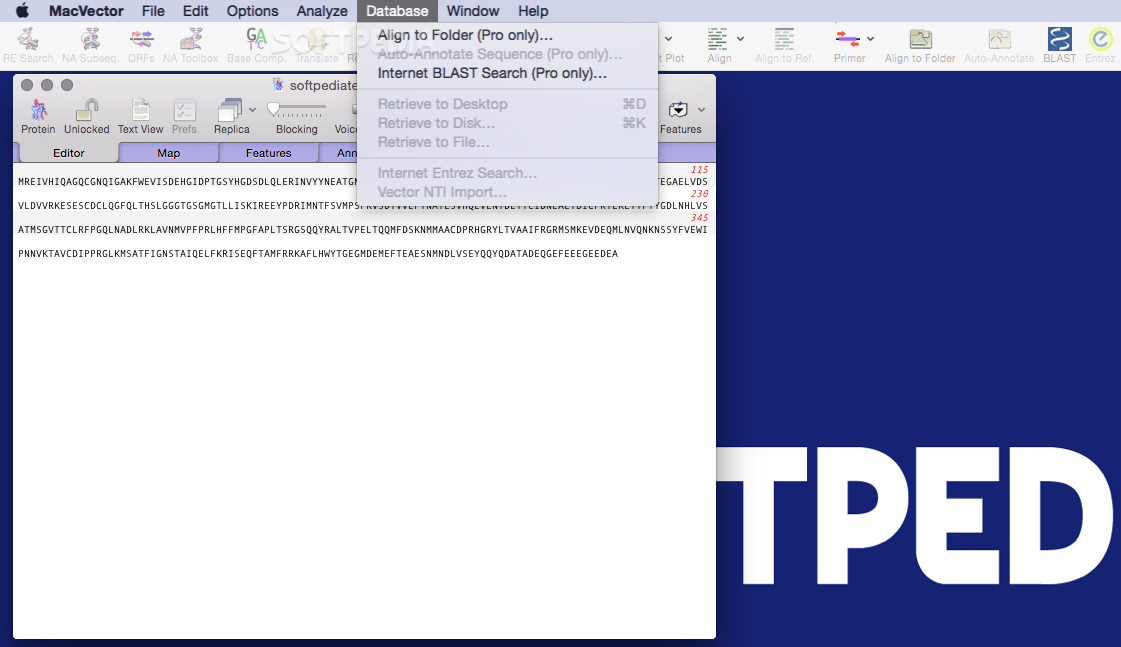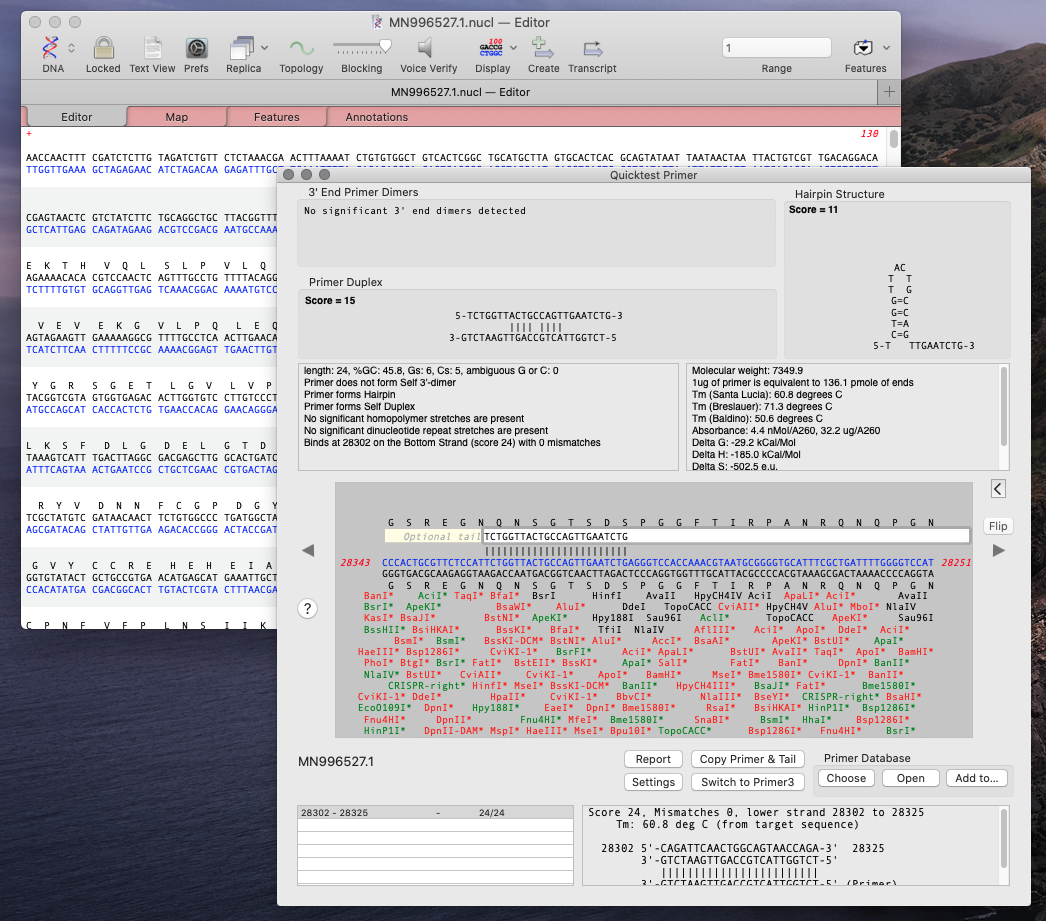
These observations solidified the hypothesis that splicing of large initial transcripts did, in fact, yield the mature mRNA.


Splicing of RNA transcripts was then observed in several in vitro systems derived from eukaryotic cells, including removal of introns from transfer RNA in yeast cell-free extracts (Knapp et al., 1978). Subsequent to the adenoviral discovery, introns were found in many other viral and eukaryotic genes, including those for hemoglobin and immunoglobulin (Darnell, 1978). Studies of early infection revealed long primary RNA transcripts that contained all of the sequences from the late RNAs, as well as what came to be called the intervening sequences (introns). These mosaics were found late in viral infection.
#Exon and intron using macvector series
These scientists identified a series of RNA molecules that they termed "mosaics," each of which contained sequences from noncontiguous sites in the viral genome (Berget et al., 1977 Chow et al., 1977). However, in 1977, several groups of researchers who were working with adenoviruses that infect and replicate in mammalian cells obtained some surprising results. In other words, there is a one-to-one correspondence of bases between the gene and the mRNA transcribed from the gene (excepting 5′ and 3′ noncoding regions).

Most bacterial RNA transcripts do not undergo splicing these transcripts are said to be colinear, with DNA directly encoding them. Gene regulation was first studied most thoroughly in relatively simple bacterial systems.


 0 kommentar(er)
0 kommentar(er)
